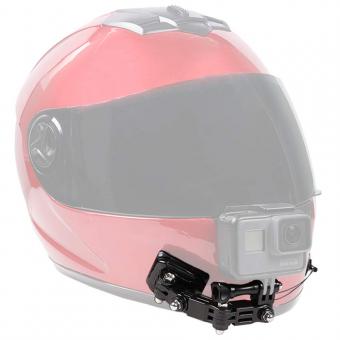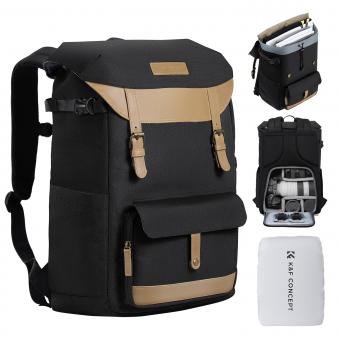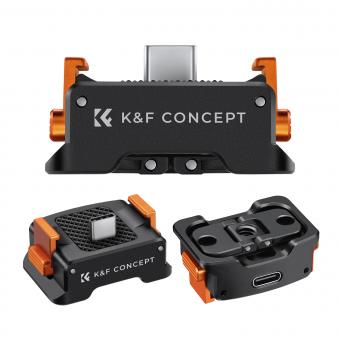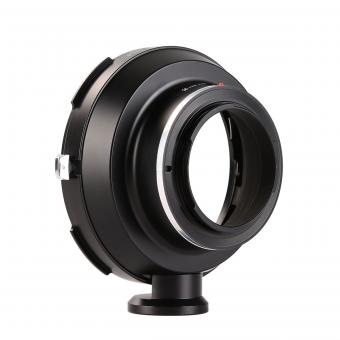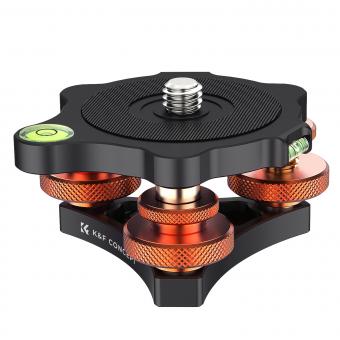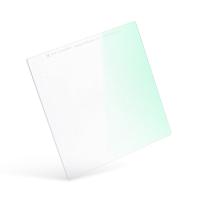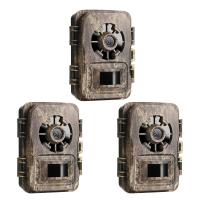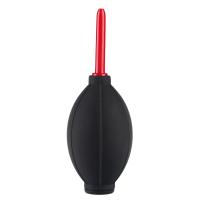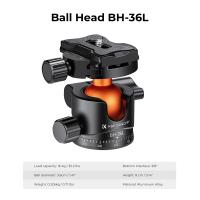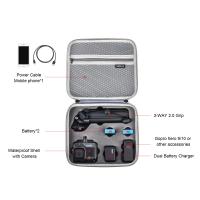How To Make A Tripod Stand For Camera ?
To make a tripod stand for a camera, you will need three sturdy legs and a mounting plate. The legs can be made from materials such as wood, metal, or PVC pipes. Ensure that the legs are of equal length and have a stable base. Attach the mounting plate to the top of the legs, which will hold the camera securely. The mounting plate should have a screw or quick-release mechanism to attach the camera. Additionally, you can add adjustable height features to the legs using telescopic sections or hinges. This will allow you to adjust the height of the tripod stand as needed. Finally, make sure all the components are securely fastened together to ensure stability and safety while using the tripod stand.
1、 Basic Materials and Tools Needed for DIY Tripod Stand
A tripod stand is an essential tool for photographers and videographers to stabilize their cameras and capture steady shots. Making your own tripod stand can be a cost-effective and rewarding DIY project. Here is a step-by-step guide on how to make a tripod stand for your camera.
Materials Needed:
1. Three sturdy wooden or metal rods (about 3-4 feet long)
2. A ball head or tripod head
3. Screws and nuts
4. A drill
5. A saw
6. Sandpaper
7. A measuring tape
8. A level
Step 1: Measure and cut the rods to your desired height. Ensure that all three rods are of equal length.
Step 2: Sand the edges of the rods to remove any roughness or splinters.
Step 3: Drill holes near the top of each rod. These holes should be large enough to fit the screws.
Step 4: Attach the ball head or tripod head to the top of one of the rods using screws and nuts. This will serve as the camera mount.
Step 5: Insert the other two rods into the holes of the first rod, forming a tripod shape. Make sure the rods are securely fastened.
Step 6: Adjust the height and position of the legs to ensure stability. Use a level to check if the tripod is balanced.
Step 7: Test the tripod stand with your camera to ensure it can hold the weight and provide stability.
It is important to note that while making your own tripod stand can be a fun and cost-effective option, it may not provide the same level of stability and durability as commercially available tripod stands. Therefore, it is recommended to use caution and assess the safety of your DIY tripod stand before using it for professional or heavy-duty purposes.
Additionally, there are various tripod stand options available in the market today, ranging from lightweight travel tripods to heavy-duty professional ones. These commercially available tripod stands often come with additional features such as adjustable legs, quick-release plates, and built-in levels, which can enhance your photography or videography experience.
In conclusion, making a tripod stand for your camera can be a rewarding DIY project. However, it is important to consider the limitations of a homemade tripod stand and assess its safety before use. If you require a more professional and reliable option, it may be worth investing in a commercially available tripod stand that suits your specific needs.
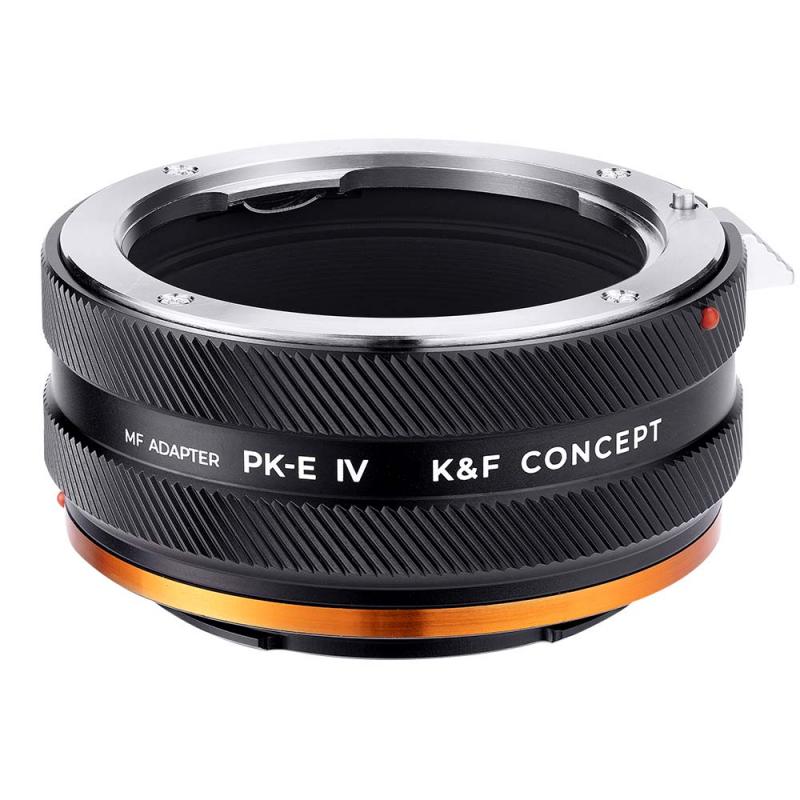
2、 Step-by-Step Guide to Constructing a Sturdy Tripod Stand
Step-by-Step Guide to Constructing a Sturdy Tripod Stand
A tripod stand is an essential tool for photographers and videographers to stabilize their cameras and capture steady shots. While there are many tripod stands available in the market, you can also construct your own sturdy tripod stand with a few simple materials. Here is a step-by-step guide to help you create your own tripod stand:
1. Gather the materials: You will need three wooden dowels or metal rods of equal length, a drill, screws, a saw, a measuring tape, and a tripod head.
2. Measure and cut the dowels: Determine the desired height of your tripod stand and cut the dowels accordingly. The length will depend on your preference and the type of shots you plan to capture.
3. Drill holes: On one end of each dowel, drill a hole large enough to fit the screws. This will be used to attach the tripod head.
4. Attach the dowels: Place the dowels in a triangular formation, with the drilled ends facing upwards. Align the holes and secure them together using screws.
5. Attach the tripod head: Screw the tripod head onto the drilled holes at the top of the dowels. Ensure it is tightly secured to provide stability for your camera.
6. Test and adjust: Once the tripod head is attached, test the stability of your tripod stand. Adjust the dowels if necessary to ensure they are evenly spaced and provide a sturdy base.
7. Optional: You can add rubber or foam padding to the bottom of the dowels to prevent slipping and provide additional stability.
Constructing your own tripod stand allows you to customize the height and stability according to your specific needs. However, it is important to note that commercially available tripod stands often offer more advanced features and durability. Consider your requirements and budget before deciding whether to construct your own or purchase a tripod stand.
In recent years, there has been a rise in the popularity of portable and lightweight tripod stands made from carbon fiber or aluminum. These materials offer increased durability and stability while being easy to carry around. Additionally, some tripod stands now come with features like adjustable legs, quick-release plates, and built-in levels for added convenience. When constructing your own tripod stand, it is worth considering these advancements and incorporating them into your design if possible.
Remember, constructing a tripod stand requires precision and attention to detail. Ensure that all the components are securely fastened and the stand is stable before using it with your camera.

3、 Tips for Adjusting Height and Stability of the Tripod
How to Make a Tripod Stand for Camera:
Making a tripod stand for your camera can be a simple and cost-effective solution, especially if you don't have one readily available. Here's a step-by-step guide on how to make a tripod stand using common household items:
1. Find a sturdy base: Look for a stable object that can serve as the foundation for your tripod. This could be a stack of books, a table, or even a chair. Ensure that the base is level and won't wobble.
2. Attach a vertical support: Find a long, straight object such as a broomstick or a PVC pipe. Secure it to the base using clamps or tape. Make sure it is firmly attached and won't move during use.
3. Create adjustable legs: Attach three shorter objects, such as wooden dowels or metal rods, to the top of the vertical support. These will serve as the legs of your tripod. Use clamps or tape to secure them, ensuring they are evenly spaced and at equal angles.
4. Adjust the height: To adjust the height of your makeshift tripod, simply extend or retract the legs. You can use clamps or tape to hold them in place at the desired height.
Tips for Adjusting Height and Stability of the Tripod:
1. Use a spirit level: To ensure your tripod is level, use a spirit level or a smartphone app that provides a similar function. This will help you avoid tilted or uneven shots.
2. Add weight for stability: If your tripod feels unstable, you can add weight to the base or hang a bag from the vertical support. This will help prevent it from toppling over, especially in windy conditions.
3. Avoid extending the legs fully: Extending the legs to their maximum length can reduce stability. Instead, keep the legs partially retracted to maintain a more stable setup.
4. Use a remote shutter release: To minimize camera shake, use a remote shutter release or the self-timer function on your camera. This will prevent any movement caused by pressing the shutter button.
5. Consider using a stabilizer: If you're shooting in challenging conditions or need extra stability, consider using a camera stabilizer or a tripod with a built-in stabilizing feature. These can help reduce vibrations and ensure sharper images.
Remember, while a homemade tripod stand can be a temporary solution, investing in a quality tripod specifically designed for cameras is always recommended for professional and long-term use.
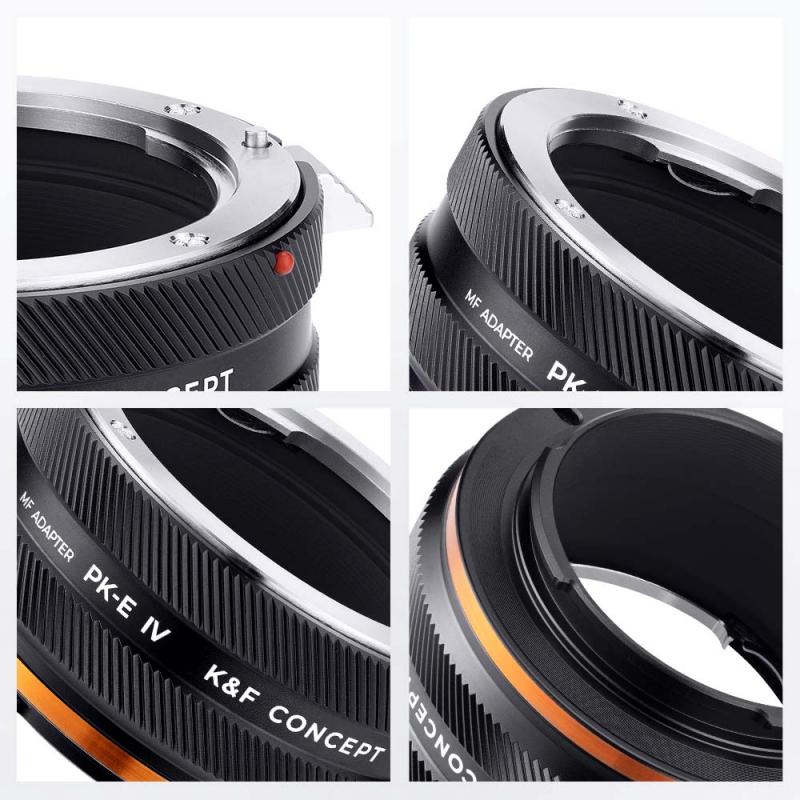
4、 Enhancing Stability with Counterweights and Bracing Techniques
Enhancing Stability with Counterweights and Bracing Techniques
To make a tripod stand for a camera, there are several methods you can employ to enhance stability. One effective technique is to use counterweights. By attaching weights to the tripod legs, you can increase stability and prevent the camera from tipping over. This is especially useful when shooting in windy conditions or on uneven surfaces.
To create counterweights, you can use sandbags or small weights that can be easily attached to the tripod legs. Make sure to distribute the weights evenly on each leg to maintain balance. Additionally, you can also use a hook or carabiner to hang a bag of sand or other heavy objects from the center column of the tripod.
Another way to enhance stability is through bracing techniques. One common method is to spread the tripod legs wide apart and lower the center column as much as possible. This lowers the center of gravity and provides a more stable base for your camera. Additionally, you can also use your body as a brace by leaning against the tripod or placing your foot on one of the legs to provide extra support.
In recent years, advancements in tripod technology have led to the development of more stable and versatile tripod stands. Some tripods now come with built-in counterweights or stabilizing mechanisms, such as retractable spikes or rubber feet, to provide better stability on different surfaces. Additionally, there are also tripod stands with adjustable leg angles and lengths, allowing for greater flexibility and stability in various shooting situations.
In conclusion, to make a tripod stand for a camera, you can enhance stability by using counterweights and employing bracing techniques. These methods help prevent the camera from tipping over and ensure steady shots. With the latest advancements in tripod technology, there are now even more options available to photographers to achieve optimal stability and capture high-quality images.


